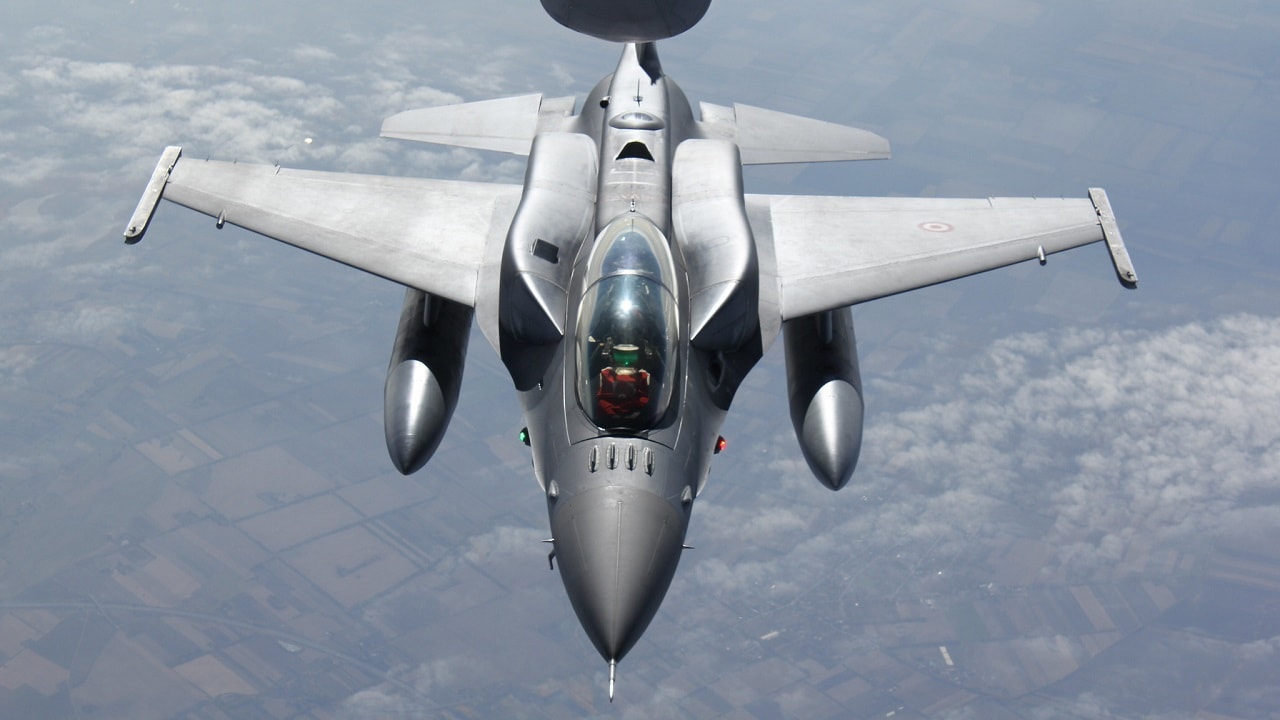Some nationally minded conservatives regard U.S. military aid to Ukraine as yet another internationalist DC foreign policy crusade conducted at the expense of taxpayers and potentially American lives.
A closer look suggests that if pursued properly, well-targeted military and intelligence aid to Ukraine can directly serve U.S. interests and security in the best traditions of American realism and restraint.
(Subscribe to 19FortyFive‘s New YouTube Channel here.)
One need not be Never Trumper, Russiagate obsessive, or nostalgist for 1990s globaloney to see that the conquest of a major central European country by Putin imperils the United States.
Stopping it in ways that make future invasions less likely, whether by Russia or China – and doing so without direct U.S. military intervention – is well worth the investment, albeit with critical caveats.
The strategic lens through which to view the Russo-Ukrainian war is not Europe, but Asia. By equipping Ukraine against Russia, we grind down China’s sole great power ally – and one of its leading providers of energy, food, and military technology.
Every dollar of U.S. military investment destroys a bounty of Russian materiel: a classic cost-imposition strategy at its most practical and effective. Too often, the U.S. has been on the wrong side of such equations, as in the most recent Iraq and Afghan wars. For the first time in more than generation, when President Reagan armed anti-communists against Soviet clients in the developing world, the U.S. is wielding the asymmetric advantage.
A bloodied discredited Russia gives Xi pause as he considers a cross-straits invasion. U.S. spine in Ukraine makes our warnings to China credible — at a time when the military balance in the Pacific is precarious, given U.S. shortcomings relative to Beijing’s modernization program and inherent home field advantage. We need every ration of deterrent we can get.
Our funds to arm Ukraine yield outsized gains for the U.S. relative to the cost — certainly compared to virtually every other major American military operation of the past thirty years.
Concerns about the impact of Ukrainian military assistance on U.S. preparedness to fight in Asia are legitimate. In reality, the weapons we are sending Ukraine are predominantly short-range – Javelin anti-tank launchers, field artillery and missile tubes, ammunition, and armored vehicles (and some Patriot air defense batteries). They are of limited utility in what would be long-distance air, naval, and space dominated conflict with China. If U.S. soldiers are in trenches in Taipei fighting PLA tanks, we have failed.
In the immense expanses of the Pacific, the decisive conventional U.S. “fires” are extended-range strike munitions: Tomahawks, Harpoons, Long Range Anti-Ship Missiles (LRASMs), ATACMs (Army Tactical Missiles), Naval Strike Missiles (NSMs), and Joint Air-to-Surface Standoff Missiles (JASSMs).
More broadly, bolstering American deterrence against China will require doubling the construction of warships and submarines, and quintupling the manufacture of middle- and long-range missiles.
We should not supply Ukraine with the longer-range missiles we need in Asia. Ukraine has asked for ATACMs, and we should continue to decline. Providing extended range strike weapons to Ukraine might bear comparison to Moscow giving Hanoi the capability to hit the continental United States during the Vietnam war.
It would raise the probability of a direct U.S. conflict with Russia. Ukraine can get ahold of other weapons with our European allies to redress the imbalance with the Russians.
Nor is the reason compelling for the U.S. to aid Ukraine economically when the EU, a more than $15 trillion economic block, is next door.
The time is right to take a page from the Reagan playbook and get the Europeans to reverse their underinvestment in military power.
True, more NATO allies are now raising defense spending, Britain, Poland, Greece and the Baltic nations even exceeding the NATO benchmark of 2% of GDP. Closer to 3% is what is needed. If South Korea can do it, Europe can too. The boost in NATO capability would be massive, securing the continent.
2022 unmasks the imprudence and impudence of the European greens and their American anti-fossil fuel cousins.
They have strangled natural gas drilling and transportation, petroleum and critical mineral refining, and the deployment of ultra-safe next-generation modular reactors, which generate carbon-free energy, plus rare earth elements our society sorely needs. Europe fed Russia’s conceit when it gave the Kremlin so much say over its energy supply.
Swelling our reliance on Chinese, Middle Eastern, and Venezuelan sourced energy when we have the means to produce batteries, gas, and sweet crude at home, not to mention middle class jobs, is impulsive.
America’s task is a fine balance: provide Ukraine with enough weapons to withstand and reverse Russia’s assault while not providing such type as to spark a general war, possibly nuclear, with NATO. The Russians and Chinese skillfully did this to the U.S. in Vietnam, bleeding us to the point of abandoning the fight. It’s time for us to beat them at their old game.
BONUS: The Fall of Joe Biden Has Started
BONUS: Donald Trump Looks At His End
BONUS: Kamala Harris Should Quit
BONUS: A Nuclear War over Ukraine?
Jeffrey Jeb Nadaner is the former Deputy Assistant Secretary of Defense for Industrial Policy and Stability Operations, Director of the USMC Krulak Center, and Lockheed Martin Vice President of Engineering & Technology.

